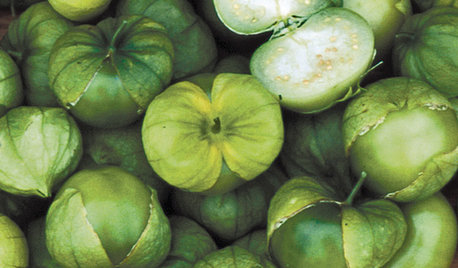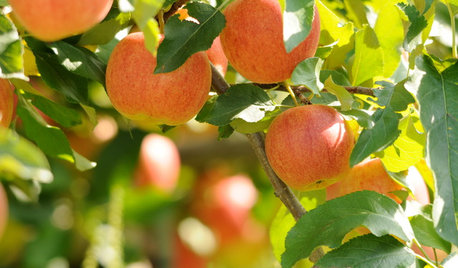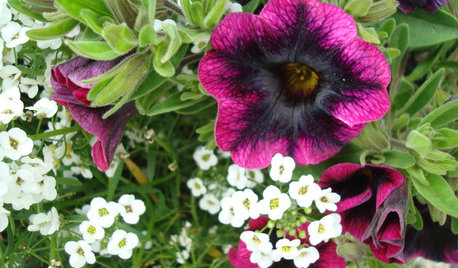tomato blight?
awat72
18 years ago
Related Stories

EDIBLE GARDENSSummer Crops: How to Grow Tomatoes
Plant tomato seedlings in spring for one of the best tastes of summer, fresh from your backyard
Full Story
SUMMER FRUITS AND VEGETABLESSummer Crops: How to Grow Tomatillos
Grow this Mexican native for the freshest salsa verde — and for fewer problems than its tomato cousins
Full Story0

NORTHWEST GARDENINGPacific Northwest Gardener's March Checklist
Prepare for edible harvests and invite feathered friends to the garden — offering them slugs for lunch is entirely up to you
Full Story
SPRING GARDENINGSummer Crops: How to Grow Strawberries
Pluck your own sweet strawberries right from the garden vine for smoothies, salads or eating then and there
Full Story
FARM YOUR YARDHow to Grow Vegetables in Containers
Get glorious vegetables and fruits on your patio with a pro’s guidance — including his personal recipe for potting mix
Full Story
FARM YOUR YARDIf You Have Room for Only One Summer Crop ...
Get an edible that’s long on flavor even if you’re short on space, with a long-time gardener’s favorite picks
Full Story
GARDENING GUIDESWhat Are Your Spring Gardening Plans?
Tearing out the lawn? Planting edibles? Starting from scratch? Tell us what you plan to change in your garden this year
Full Story
EDIBLE GARDENSSummer Crops: How to Grow Squash
Almost foolproof and with cheerful flowers, squash comes in a wide range of varieties to plant in spring
Full Story
GARDENING GUIDESSoutheast Gardener: What to Do in July
Time to claim your prize: a bounty of fruits, veggies and flowers, but don’t forget to keep an eye on weeds, pests and water
Full Story
GARDENING GUIDESPacific Northwest Gardener: What to Do in June
Now's the time to prune pines and vines, prevent pests and buy June-blooming plants to keep your garden healthy and beautiful
Full StoryMore Discussions







Okiedawn OK Zone 7
awat72Original Author
Related Professionals
New Bedford Landscape Architects & Landscape Designers · Middle River Landscape Architects & Landscape Designers · Palm Springs Landscape Architects & Landscape Designers · Bethlehem Landscape Contractors · Blue Springs Landscape Contractors · Cerritos Landscape Contractors · Estelle Landscape Contractors · Fort Payne Landscape Contractors · Fort Worth Landscape Contractors · Norristown Landscape Contractors · Tacoma Landscape Contractors · Wailuku Landscape Contractors · Mitchellville Decks, Patios & Outdoor Enclosures · New Berlin Decks, Patios & Outdoor Enclosures · Surfside Decks, Patios & Outdoor Enclosuresrobolink
Okiedawn OK Zone 7
butchfomby
butchfomby
butchfomby
Okiedawn OK Zone 7
Butch Fomby